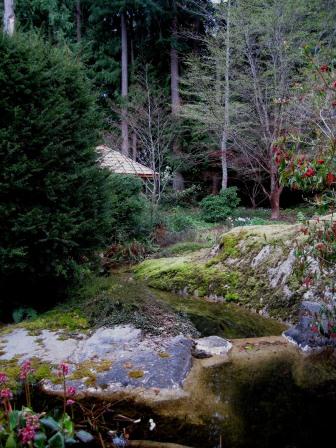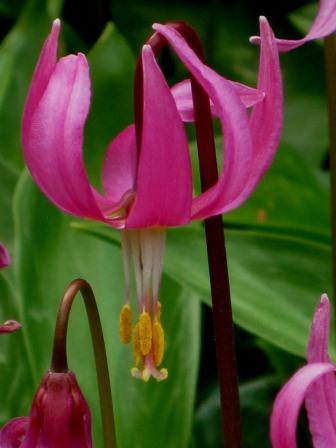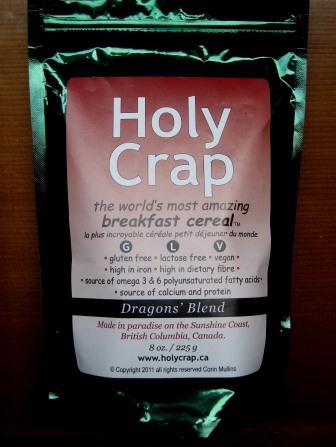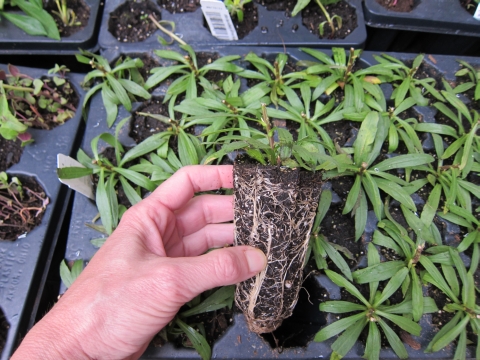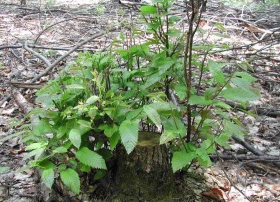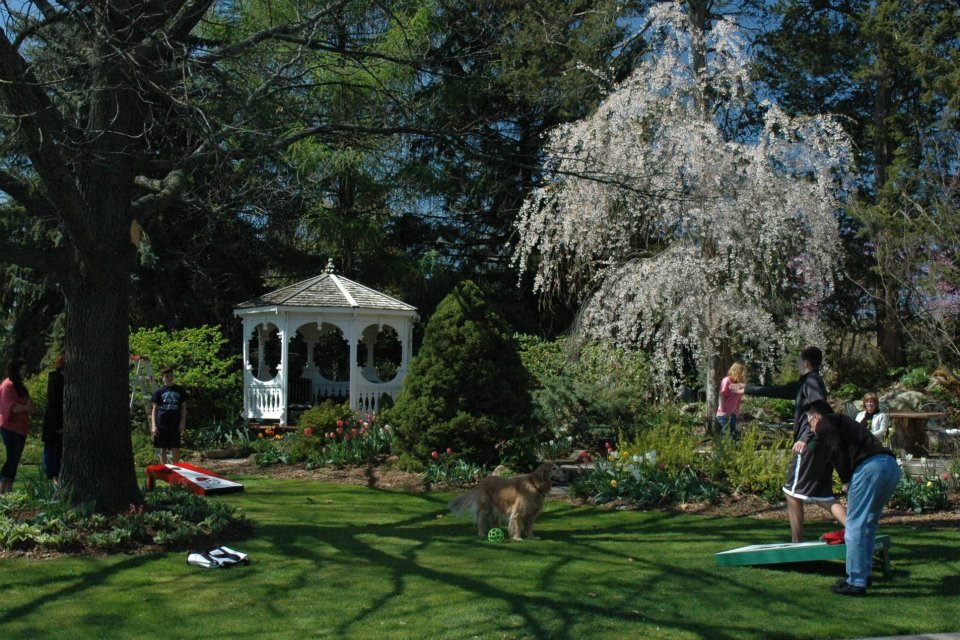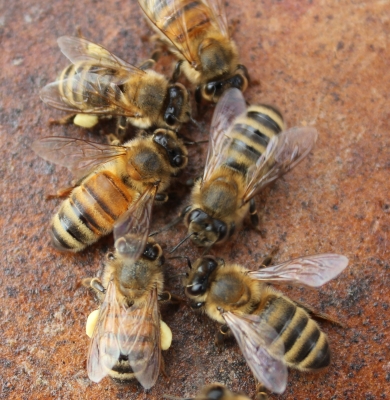
Why does everyone want to kill dandelions? I like dandelions. I like that my kids go and pick them and give them to me. I like that they break up the monotonous green of my yard. I like that they can be used to make wine (though I’ve never had any). I like that I can pick one and take it apart to teach my kids and the kids in my classes about the basic morphology of flowers.
I don’t like the fact that the most common herbicide used today to kill dandelions, 2,4 D, may have serious effects on the health of dogs, in part because it isn’t rapidly excreted from the dog’s body.
I also don’t like the fact that many shrubs and perennials are killed every year because of poor spraying techniques intended to kill dandelions.
But what’s most irritating to me is that we have a technique out there for controlling dandelions which is pretty darn effective, but which is almost never used. It’s not a 100% control, probably not even an 80% control, but it still works pretty well if we’d just give it a go. And that technique is….wise fertilization. You see, dandelions like to be fertilized with potassium. They love the stuff. In fact, they love the stuff more than grass loves the stuff, so if we’d just reduce the amount of potassium we applied to our yards…we’d have fewer dandelions.
But if you just can’t get over the idea of having a yard clear of dandelions, there is a new, relatively safe, product out there that will kill them though it may take a few applications. It is not an “organic” product – though in my estimation it’s safer than many organic products. The active ingredient of that product is FeHEDTA, which is an iron chelate that delivers a dose of iron the dandelion can’t handle but which, apparently, grass can. This stuff is available in two products I can think of offhand – Ortho elements lawn weed killer and Whitney Farm lawn weed killer.
But come on — dandelions are cool. They’ve been in the US just about as long as European settlers and their descendants have — and taken over the landscape just about as effectively. Shoot, we should probably have the dandelion as our country’s official flower! Why are we so anxious to toss ’em?

